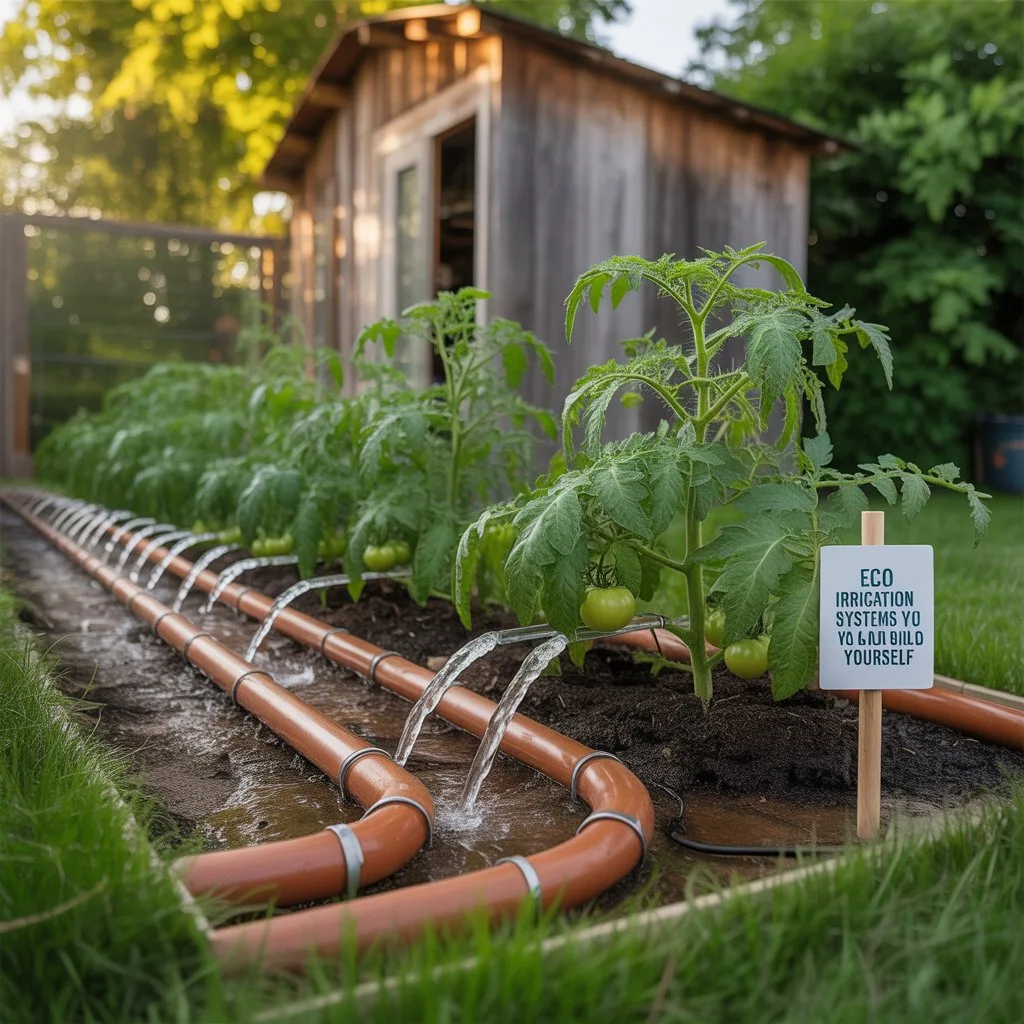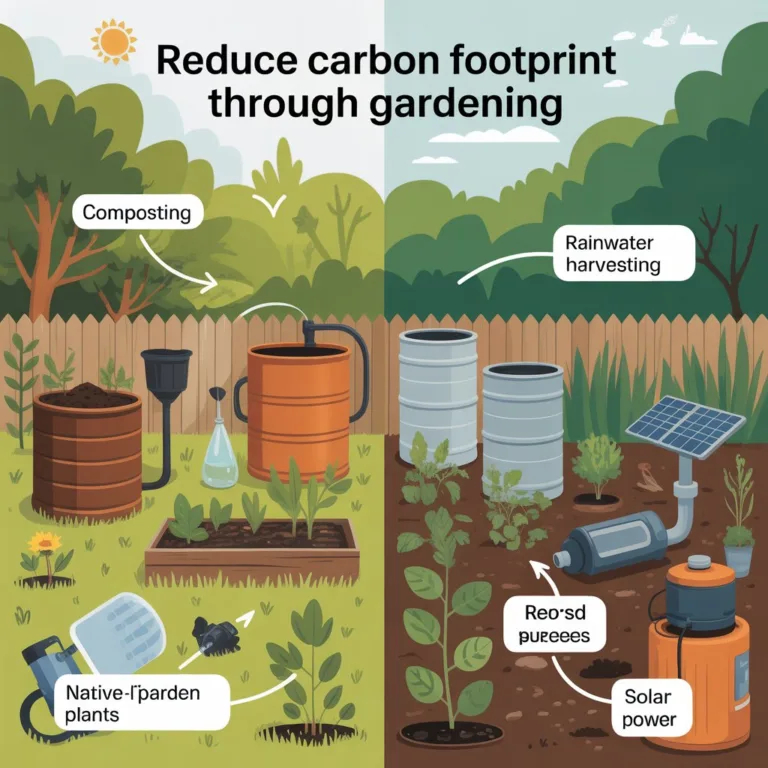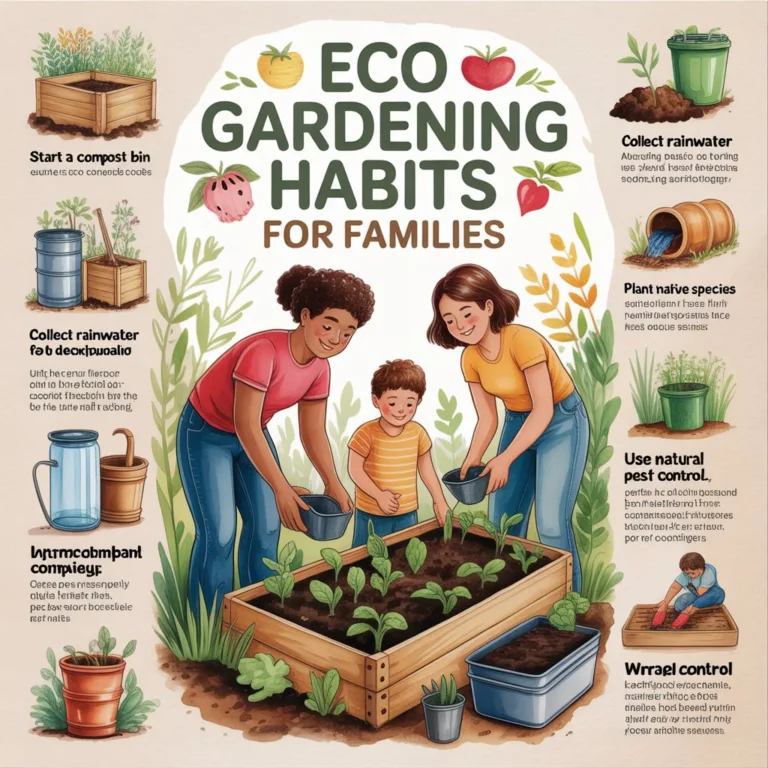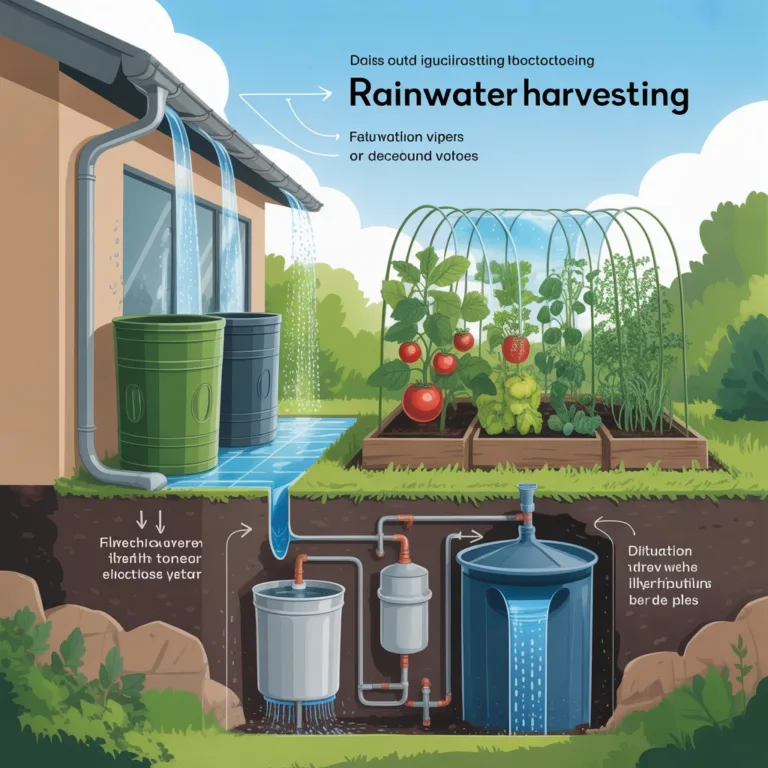Water management is one of the most critical challenges for sustainable gardening and small-scale farming. Using eco-friendly irrigation systems not only conserves water but also reduces dependence on commercial infrastructure, lowers costs, and promotes environmental responsibility. Building your own eco irrigation systems is achievable using simple materials, recycled items, and some basic knowledge of water flow and plant needs. This guide will explore multiple approaches, practical tips, and detailed methods for creating efficient and sustainable irrigation solutions at home or in community gardens.

Understanding the Principles of Eco Irrigation
Eco irrigation focuses on efficient water use, minimizing waste, and promoting soil health. Before building any system, it’s essential to understand these core principles:
- Slow and steady water delivery: Plants absorb water better when it is applied gradually, reducing runoff and soil erosion.
- Targeted watering: Direct water to the root zone rather than spraying the entire surface.
- Water recycling: Capture rainwater or reuse greywater from sinks and showers.
- Low-energy systems: Gravity-fed or solar-powered solutions reduce electricity usage.
- Soil monitoring: Observe moisture levels and adjust water delivery to prevent over- or under-watering.
By following these principles, homemade irrigation systems can perform as effectively as commercial solutions while being much more sustainable.
Gravity-Fed Drip Irrigation
A gravity-fed drip system uses the natural force of gravity to deliver water slowly to plants. It is highly efficient, simple to construct, and perfect for small gardens.
Materials Needed:
- Large container (like a 20L bucket or recycled water tank)
- PVC pipes or hoses
- Drip emitters or small perforations in tubing
- Stakes to hold tubing near plant roots
How It Works:
- Place your water container at a height above the garden beds. A higher position increases water pressure naturally.
- Connect tubing or PVC pipes to the container outlet.
- Install drip emitters along the tubing, ensuring each plant receives an appropriate amount of water.
- Monitor and adjust the flow by tightening or loosening tubing connections.
Advantages:
- No electricity required
- Reduces water waste significantly
- Easy to expand for larger areas
Tips:
- Use a filter at the container outlet to prevent clogging by debris.
- Consider a rainwater-fed container to further reduce environmental impact.
Soaker Hoses with Recycled Materials
Soaker hoses allow water to seep directly into the soil along the entire length of the hose. These can be made from recycled rubber tubing or old garden hoses with small perforations.
Building Your Own Soaker Hose:
- Choose flexible rubber or plastic tubing. Old hoses work perfectly.
- Use a nail or pin to create uniform holes along the length of the hose. Space holes 6–12 inches apart, depending on plant density.
- Lay the hose on the soil surface or slightly bury it for better efficiency.
- Connect to a recycled water container or tap with a gentle water flow.
Advantages:
- Encourages deep root growth
- Minimizes surface evaporation
- Can cover long rows of crops with minimal effort
Tips:
- Cover the hose with mulch to reduce evaporation and maintain even soil moisture.
- Test your holes before full deployment to ensure even water distribution.
Bucket Drip Systems for Small-Scale Gardens
If you have limited space or a few container plants, bucket drip irrigation is an easy and inexpensive solution. It can be set up using simple household items.
Materials Needed:
- 1–5 buckets or large containers
- Nails or pushpins to create holes
- Small stakes to position buckets near plants
How It Works:
- Fill the buckets with water (preferably rainwater or filtered tap water).
- Create small holes near the bottom of each bucket.
- Position buckets next to plant roots and let gravity do the work.
This method is especially effective for urban gardens, balconies, or raised beds.
Recycled Bottle Watering Systems
Turning plastic bottles into slow-release watering devices is a simple and zero-cost approach.
How to Set Up:
- Clean empty bottles thoroughly.
- Poke small holes in the bottle cap or body.
- Fill the bottle with water and bury it neck-down near plant roots.
- Water will gradually seep out, keeping soil consistently moist.
Advantages:
- Extremely low-cost
- Reduces plastic waste
- Can be used for individual plants or small groups
Tips:
- Use bottles of different sizes to control water volume.
- Ideal for tomato plants, peppers, and potted vegetables.
Rainwater Harvesting Integration
Eco irrigation systems become even more sustainable when integrated with rainwater harvesting. By collecting and storing rainwater, you reduce dependence on municipal water and lower your garden’s ecological footprint.
How to Build a Basic Rainwater Irrigation System:
- Use a roof or gutter system to channel rainwater into a storage barrel.
- Add a mesh screen to filter leaves and debris.
- Connect your storage barrel to drip tubing or bucket systems.
- Consider a simple float valve to prevent overflow.
Advantages:
- Provides free, naturally soft water for plants
- Can be combined with any irrigation method
- Promotes water conservation during dry seasons
Tips:
- Paint your storage barrel dark green to reduce algae growth.
- Position barrels close to garden beds for easier gravity-fed irrigation.
Advantages of Homemade Eco Irrigation Systems
Building your own eco irrigation system comes with multiple benefits:
- Cost savings: Minimal investment compared to commercial systems.
- Customizability: Tailor systems to your garden’s specific layout and plant types.
- Environmental impact: Less energy consumption, water conservation, and waste reduction.
- Educational opportunities: Great for teaching children and community members about sustainability.
Common Mistakes to Avoid
Even simple systems can fail if not implemented carefully. Watch out for these common errors:
- Uneven water distribution: Check that all emitters or holes allow water to flow equally.
- Overwatering: Monitor soil moisture to prevent root rot and plant stress.
- Clogging: Use filters and clean tubing regularly.
- Sun exposure: Avoid placing water containers in direct sunlight for long periods to reduce algae growth.
Advanced Tips for Optimizing Your Systems
- Mulching: Apply a layer of organic mulch to retain soil moisture and reduce evaporation.
- Timer integration: Simple mechanical timers can automate watering schedules.
- Soil sensors: Low-cost moisture sensors help monitor plant needs and prevent overwatering.
- Layering methods: Combine drip systems with soaker hoses or bottle systems for maximum efficiency.
Case Studies: Successful Home Eco Irrigation Projects
- Urban Balcony Garden: A family used recycled bottles and bucket drip systems to maintain herbs and small vegetables. Water usage dropped by 50% compared to manual watering.
- Community Garden: Implemented a gravity-fed PVC drip system with a rainwater barrel. Yield of leafy greens increased, and volunteers reported easier maintenance.
- Backyard Veggie Patch: Soaker hoses made from old hoses were laid under mulch. Plants showed healthier root systems, and soil erosion was minimized.
These examples demonstrate that eco irrigation systems, even when built at home, can be highly effective, cost-efficient, and environmentally friendly.
Maintenance and Longevity
To ensure long-term performance:
- Regularly clean and unclog tubing and bottles.
- Refill water reservoirs and check connections frequently.
- Adjust hole sizes or drip emitters as plants grow.
- Inspect mulch and soil levels to maintain consistent moisture.
With proper care, these systems can last for years, providing reliable irrigation while minimizing environmental impact.
Using eco irrigation systems you build yourself not only promotes sustainability but also fosters creativity, problem-solving, and practical learning. Whether you’re a city gardener, hobby farmer, or parent teaching kids about conservation, these methods are accessible, cost-effective, and rewarding. Start with a simple bucket drip system or recycled bottle setup, experiment with your garden layout, and gradually expand to more complex gravity-fed or rainwater-integrated systems. The more you implement these techniques, the more confident you’ll become in designing sustainable gardens that thrive with minimal waste and maximum efficiency.

Sofia Greenfield is a sustainable gardening expert and environmental educator who inspires families and urban gardeners to cultivate green spaces responsibly. She shares practical tips on growing vegetables, herbs, and flowers using eco-friendly and recycled materials, emphasizing the joy of gardening while protecting the planet.



